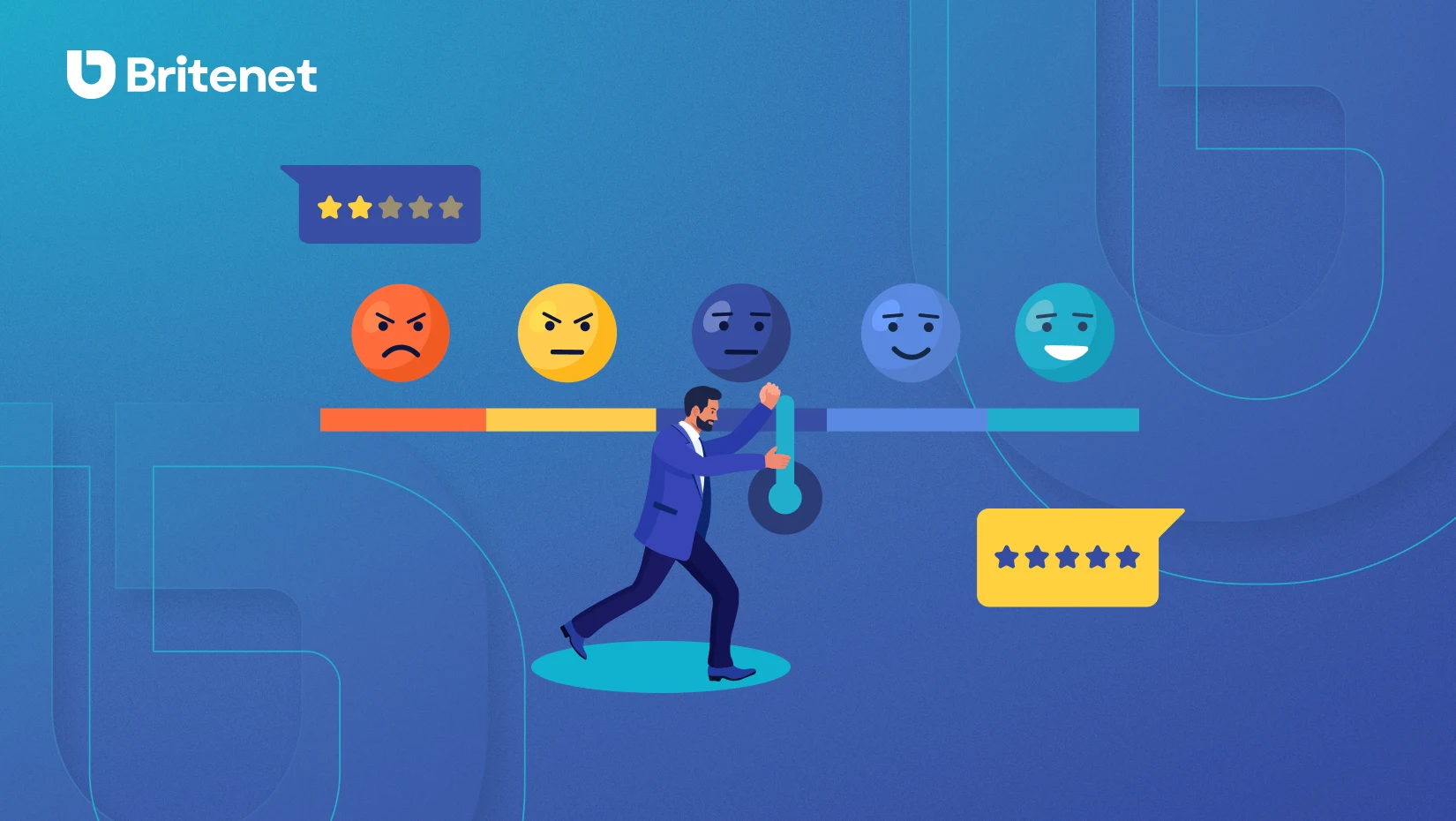In a world where customers are interacting with brands through multiple touchpoints, from websites to mobile apps to physical stores, it is crucial that these interactions be seamless and integrated. Discover how you can effectively implement undisrupted omnichannel experience strategies that increase customer loyalty and drive sales.
Key takeaways from this article
- Consistent, omnichannel customer service significantly influences customer loyalty and increases the competitiveness of companies in the market.
- The use of real-time data allows dynamic adaptation to customer needs and increases operational efficiency.
- Eliminating data silos, integrating systems and fostering a culture of collaboration are the most important steps in implementing a successful multichannel strategy.
The importance of a unified customer journey
A unified customer journey means that regardless of the customer's chosen channel for interaction with the brand, they can always expect a consistent, high-quality experience. The client's history and preferences are instantly recognised, allowing for a personalised and seamless service at every stage.
BMW is a prime example of the effectiveness of this approach, having integrated its online and offline channels to guarantee a seamless customer experience. The ‘My BMW’ app they have created allows new models to be discovered, test drives to be scheduled or even vehicles to be personalised, while visits to showrooms perfectly complement the digital customer experience.
A unified customer journey not only enhances the customer's satisfaction but also builds trust and loyalty over time. When businesses can anticipate needs and provide timely, relevant solutions, they reduce friction and create a stronger emotional connection with their audience. This consistency across all touchpoints ensures that customers feel valued, leading to higher retention rates and long-term brand advocacy.
Impossible is nothing – use technology for omnichannel integration!
CIOs have a key role in ensuring that the right technology solutions are in place to support an omnichannel integration strategy. Their job is not only to connect systems, but also to understand how each piece of technology affects the overall customer experience.
Connecting a CRM system, such as Salesforce, to e-commerce systems and in-store points-of-sale is an example of such integration. In this way, you will guarantee the consistency of data on purchase history or purchase preferences, across all channels used.

Adidas perfectly illustrates the successful integration of technology. The combination of CRM with an e-commerce platform and in-store systems has allowed the company to make personalised recommendations based on previous purchases. The Adidas mobile app, which uses AI, offers personalised training plans or product suggestions, thereby enhancing the consistency of the customer experience across channels.
Stay one step ahead of customers – use real-time data!
Analytics and the use of real-time data play a key role in increasing customer engagement, enabling companies to respond dynamically to their clients’ needs. By collecting and analysing information in real time, companies gain the ability to instantly adapt customer interactions to market trends.
One example of the use of real-time data is the personalisation of offers when a customer is browsing – with instant data, personalised push notifications or emails with product recommendations can be sent. In addition, real-time inventory updates help companies manage deliveries across locations better, so they can optimise costs and improve customer satisfaction.
For one of the biggest retail shop chains in Poland, we’ve set up a data and Machine Learning model for automated replenishment. Real-time inventory updates ensure that HQ has a clear view on which merchandise needs to be provided to which shop and when a sales boost of certain products can be expected. Based on this model, a considerable optimisation of the cost of inventory and warehousing cost was achieved.
Jan Vernaillen – Head of Communication
Want to find out more about our project for a leading retail company? Discover the potential hidden in machine learning algorithms
Overcome the most enduring challenges of implementing omnichannel
There are several major issues a company has to deal with for successful implementation of an omnichannel strategy – the data silos, the integration of technology and the need for collaboration between multiple departments within the company. Customer data dispersed across different systems prevents effective communication with the customer and understanding of their expectations and needs.
How can IT directors overcome the difficulties standing in the way of greater profits? Ensure, among other things, clean data that guarantees more accurate decisions and higher profits.
CIOs should also prioritise the need to integrate internal systems, for example through cloud-based platforms, that facilitate seamless data sharing. Changes in the organisation's culture – promoting cross-departmental collaboration, training employees on data management best practices or implementing feedback mechanisms – are also of great importance.
Colruyt Group, a major Belgian retail group, is another example of successful integration, having invested in a cloud-based system to integrate Point of Sales terminals into e-commerce shops. This has resulted in real-time stock updates and improved data management, supporting team collaboration and providing a consistent customer experience.
Innovation is the best path to success
Customer expectations are constantly evolving. Companies that want to increase their profits and strengthen their position in the market need to adapt to changes in a flexible way. How do they achieve this? First and foremost, rely on innovation – also in a multichannel strategy. IT directors should keep abreast of new technologies to give their organisations the maximum chance of becoming highly competitive.
How can you increase your impact on the customer experience? Bet on voice assistants, intuitive mobile solutions and enhancing existing channels to provide your customers with even more personalised and seamless interactions.
Conclusion
Creating a fully integrated omnichannel experience is key to achieving competitive advantage and driving business growth. CIOs play a fundamental role in this process by selecting the right technologies and ensuring consistency in the operation of systems. Constantly adapting to changing customer expectations and introducing innovation are essential to maintaining a high-quality service. An effective omnichannel strategy not only increases customer satisfaction, but also contributes to the growth of the company and strengthens its position in the market.



